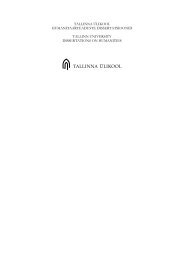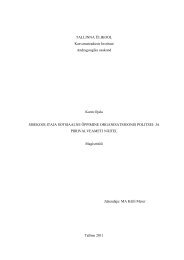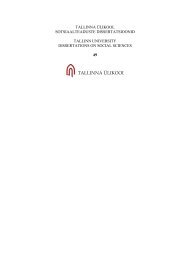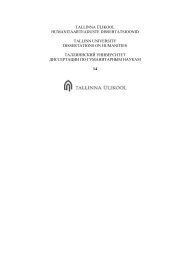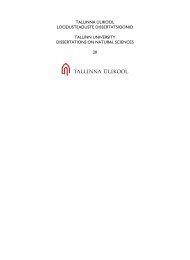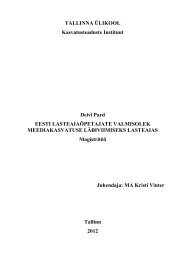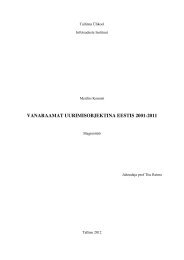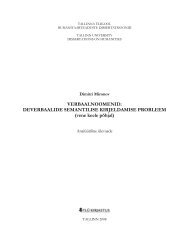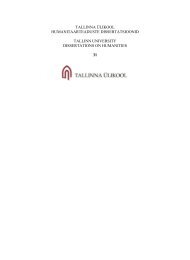Download (1157Kb) - E-Ait
Download (1157Kb) - E-Ait
Download (1157Kb) - E-Ait
Create successful ePaper yourself
Turn your PDF publications into a flip-book with our unique Google optimized e-Paper software.
questionnaires in each university. The two librarians sent questionnaires by email to one<br />
librarian in each of the remaining three Universities and asked them to seek volunteers to fill<br />
in the questionnaires.<br />
3.7. Data collection methods.<br />
3.7.1. Questionnaires.<br />
The research administered a questionnaire to library staff. Open questions targeting detailed<br />
responses were used to harmonise the likert based questions. In consideration the number of<br />
respondents at this group questionnaire was considered to be the best way to collect data from<br />
this group. Twenty-one respondents were able to fill in the questionnaires hopefully with<br />
enough time for them to think and write their answer without being pressured.<br />
To ensure reliability, the questionnaires were pre-tested before they were distributed to<br />
respondents. Purposive sampling was used to select five students from the second year<br />
students of the International Master in Digital Library Learning (DILL). The students chosen<br />
for this pilot study were only those who are working or have worked in libraries before they<br />
joined the program. The aim was to use the respondents who more closely reflect the<br />
intended audience. The results from the four questionnaires received back revealed that there<br />
was consistency in interpreting the questions and they were understood as the researcher<br />
wanted them to be understood<br />
The questions were triangulated to maximize the validity of the findings. The use of alternate<br />
questions was emphasised whereby one question is asked in two different ways for instance<br />
with multiple choices and then rephrased later with text box for the respondent to write the<br />
answer. This was aimed to compensate for the absence of interviews, which were not feasible<br />
to undertake due to time and distance constraints.<br />
3.7.2. Using secondary data.<br />
Secondary data are useful to this research in many respects. The need to establish the state of<br />
use of intellectual capital in libraries depended much on the review of secondary data.<br />
Secondary data provided more feedback needed to support research questions and enable the<br />
objectives to be realised. The researcher used Public University Libraries websites to look for<br />
32



